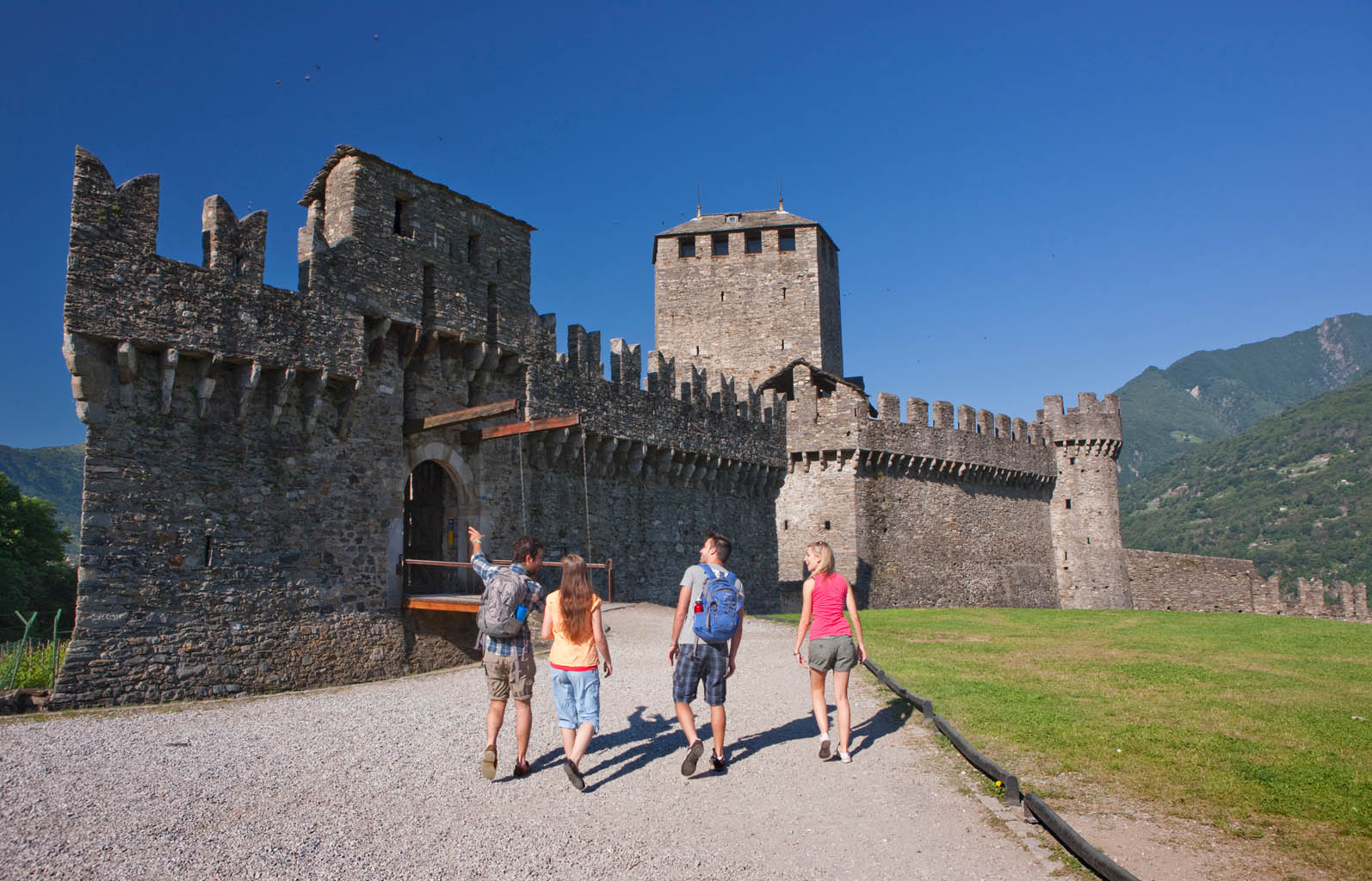
THE HISTORY OF SWITZERLAND AT A GLANCE…
The Swiss Confederation: A Land of Mountains, Neutrality, and Democracy
Switzerland's Origins
The Middle Ages and Early Modern Era
The Path to Independence
The Modern Era and the Establishment of the Federal State
Switzerland in the 21st Century
Key Characteristics of Switzerland
Switzerland's Contributions to the World
Switzerland: A Unique and Enduring Nation
Switzerland stands as a testament to the values of democracy, neutrality, and multiculturalism. With its rich history, diverse culture, and beautiful natural landscapes, Switzerland continues to be a source of inspiration and a model for other nations.
As often happens with medieval heroes, the figure of William Tell is also shrouded in legend and mystery. In fact, there is no evidence to prove the historical existence of this "national hero," even though his story is linked to the birth of the first Swiss Confederation on August 1, 1291.
Legend has it that the Tell family lived in Bürglen, in the canton of Uri, where William and his family lived mainly from hunting. A skilled hunter, William Tell distinguished himself from other hunters by his skill in using the crossbow, a throwing weapon consisting of a wooden bow. According to legend, in 1307 the local administrator of the Habsburg family's assets, the bailiff Gessler, had the "Imperial Hat" erected on the lands of the Empire. This symbol of authority appeared in the main Swiss squares, and all passers-by were required to bow down to it, on pain of having all their material possessions confiscated and the risk of being condemned to death for high treason.
William Tell, passing through the main square of Bürglen, deliberately made this mistake: he did not bow down to the Habsburg hat. He was then summoned and had to appear before a public tribunal set up in the square and presided over by Gessler. Our hero was sentenced to death, but Gessler offered him a deal: he could have his life spared if, given his skill with arrows and crossbows, he was able to hit an apple placed on his son's head. Tell, of course, accepted the challenge and succeeded in the feat: he hit the apple with a single arrow but was found to have a second arrow, hidden in his jacket, intended to kill the bailiff if the test failed.
Gessler's anger led to William's imprisonment, and he was immediately arrested and taken to the prison of Kussnacht, built on an islet in the middle of Lake Zug. Suddenly, during the crossing, a storm broke out on the lake and Tell, a skilled helmsman as well as a skilled crossbowman, convinced his jailers to free him so that he could help them bring the boat to safety. In a few moments, William brought the boat to the shore of the lake, taking advantage of the opportunity to escape from the guards. For three days he hid in the woods around the lake, and on the third day, positioned himself along the road leading to Zurich, he had the opportunity to kill Gessler and did not let it slip away.
The legend goes on to tell how the Swiss people, having learned of Tell's deeds, rose up against the Habsburg administrators, freeing Switzerland from the Emperors in 1315. It is said that Tell took part in the final battle against the Habsburg army near Morgarten. True to the legend that saw him as a symbol of rebellion against power in defense of the Swiss people, it is said that William Tell died in 1354 trying to save a child who had fallen into the waters of the Schachen in full flood.
The story of William Tell was then dusted off during Romanticism as a symbol of the struggle for personal and political freedom thanks to Friedrich von Schiller with his drama Wilhel Tell of 1804, and to Gioachino Rossini with the opera William Tell of 1829.